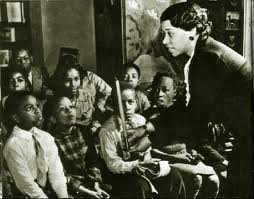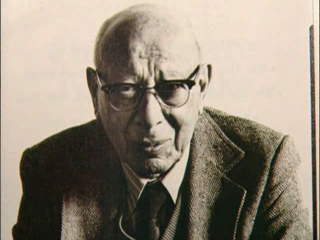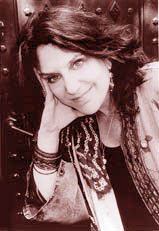 WNYC’s 1979 Storytelling Festival combined live storytelling in public venues around New York and seven days of storytelling on the air. I produced those radio programs — six 90 min documentaries about Story, Storytellers, Myths & Dream, Fairies and the Supernatural, Folktales and Legends — weaving together stories told by professional storytellers and the voices of anthropologists and folklorists who study story and storytelling. In addition there were several programs of stories alone, like Jay O’Callahan’ famous “Raspberries.” Other stories in the series include a Pygmie myth by Laura Simms, “Nobody Slept” by Rabbi Schlomo Carlbach, a ghost story by Kathryn Wyndham, a Chinese version of Cinderella by Diane Wolkstein, “Max’s Blues” by Brother Blue and a Grimm’s tale by Gioia Timpanelli, a Br’er Rabbit story by Julius Lester and many more.
WNYC’s 1979 Storytelling Festival combined live storytelling in public venues around New York and seven days of storytelling on the air. I produced those radio programs — six 90 min documentaries about Story, Storytellers, Myths & Dream, Fairies and the Supernatural, Folktales and Legends — weaving together stories told by professional storytellers and the voices of anthropologists and folklorists who study story and storytelling. In addition there were several programs of stories alone, like Jay O’Callahan’ famous “Raspberries.” Other stories in the series include a Pygmie myth by Laura Simms, “Nobody Slept” by Rabbi Schlomo Carlbach, a ghost story by Kathryn Wyndham, a Chinese version of Cinderella by Diane Wolkstein, “Max’s Blues” by Brother Blue and a Grimm’s tale by Gioia Timpanelli, a Br’er Rabbit story by Julius Lester and many more.
For the live part of the festival storytellers from all over the country from Maine to Alabama, from North Dakota to North Carolina told stories on the Staten Island Ferry and in Central Park, in an Irish Pub and City Hall Park, at the Cloisters and the Bronx Botanical Garden and even at a Bronx factory.

Storytellers include: Nicole Jones, Naomi Lucas, Laura Simms, Henry Crowdog, Brother Blue, Marshall Dodge, Gioia Timpanelli, Jemelia Abraham, Guy Tucker, Timothy Petalina, Jay O’Callahan, Ray Hicks, Katherine Wyndham, Richard Pryor, Doc McConnell and Diane Wolkstein, resident storyteller on WNYC. Anthropologists, psychologists and folklorists include: Joseph Campbell, Harold Courlander, Bruno Bettelheim, Alexander Randall, Barbara Klein, Brian Sutton Smith and Sally McLendon.
Fairytales — the dreams of mankind.
In this 90 minute documentary we hear a traditional Japanese fairy tale, called “Crane Maiden” by Laura Simms, a New York storyteller and student of ritual theater art. We hear a Chinese version of Cinderella by storyteller and author, Diane Wolkstein, consultant for this series and regular radio interviewer about stories and storytelling for WNYC-FM. In this documentary we hear her interview with Joseph Campbell about the Grimm’s fairytales, the first scientificaly collected fairytales and folktales in 1818. Campbell comments on the theme of Cinderella – the rejected one who turns out to be the one with values. A universal theme, says Campbell.

In a speech at Saratoga, recorded by WAMC-Albany, we hear Bruno Bettelheim, author of “The Uses of Enchantment” describe what has happened to fairytales and folktales — they have been banished to the children’s room. He describes the difference between fairytales and legends. In fairytales the form and structure suggest ways to structure daydreams and order our lives. He analyzes the Rapunzell story.
Folklorist and anthropologist, Barbara Klein, talks about fairies in the old – European – world, who could often be malevolent whereby people had to pacify them. They were supernatural beings, yet were treated as very real. When Klein collects stories among Swedish immigrants in North America, she finds that the fairies did not make the journey in the same way. They are now diminished and are much less malevolent.
Klein talks about the difference between two kind of stories — those where everything is supernatural vs. those where fairies exist in the real world. She points to ghost stories in the U.S. where there is always evidence of actual events and the return of the dead.
Ghosts are the most popular form of the supernatural in the U.S. We hear a classic ghost story from the south by Alabama storyteller, Kathryn Windham.

Folklore themes are both ancient yet contemporary. Barbara Klein also talks about how dinosaurs have been turned into supernatural figures as well as the phenomenon of Batman and Superman, one of the world’s most ancient hero stories.

Manoli Wetherell, recording; David Rapkin, engineering.